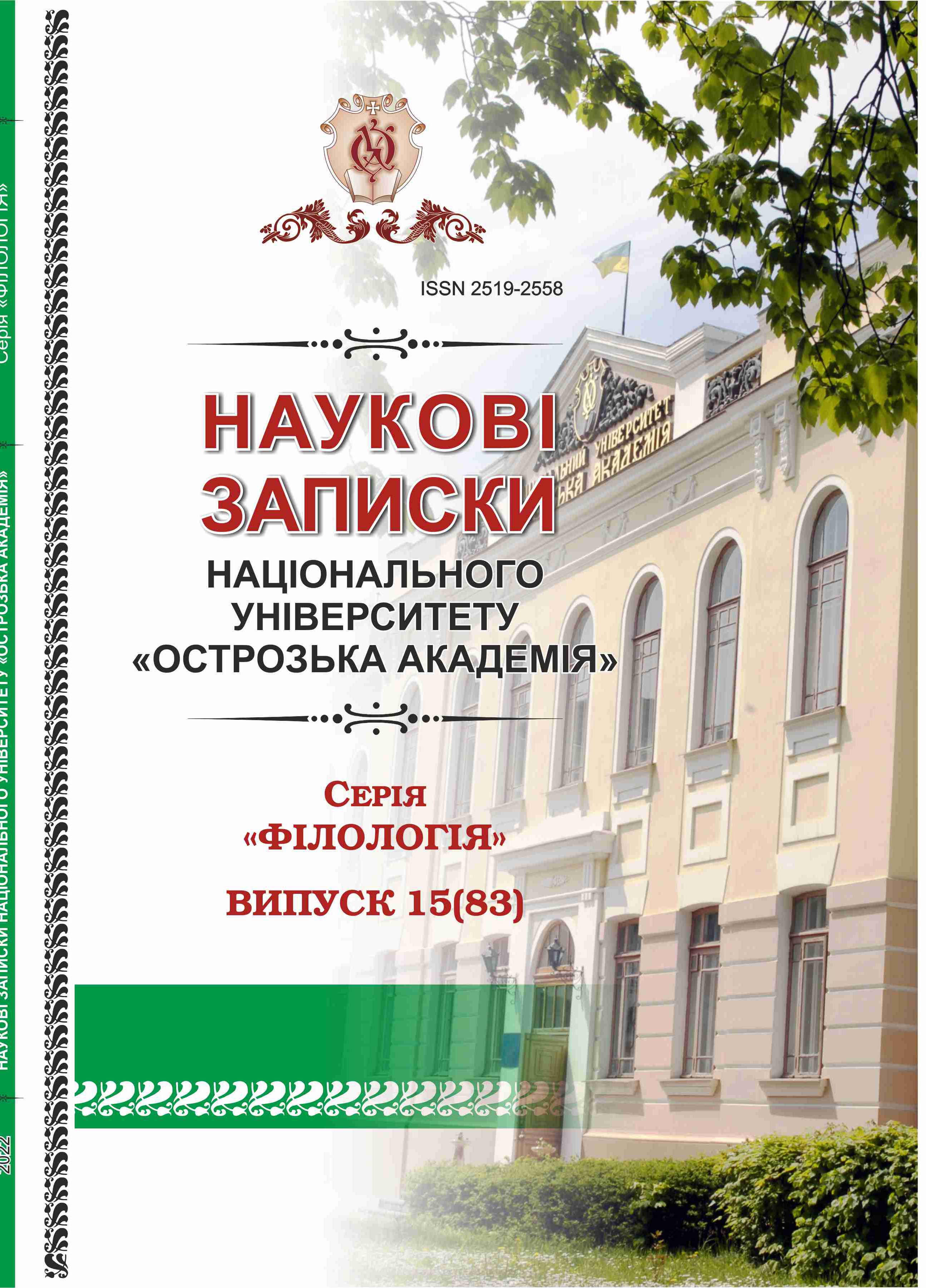ЖАНРОВІ ХАРАКТЕРИСТИКИ КОМІКСІВ, ЯКІ Є ТРАНСФОРМОВАНИМИ ВАРІАНТАМИ КЛАСИЧНИХ ТВОРІВ
Ключові слова:
комікс, мультимодальний наратив, стратегії вербальної репрезентації, ономатопея, міжкадровий перехідАнотація
У коміксах як мультимодальних наративах відбувається взаємодія між візуальним і вербальним модусами, в результаті чого утворюється значення. Важливу роль у коміксах відіграє кольорова гама, при цьому вибір теплих чи холодних, яскравих чи приглушених кольорів впливає на читацьке сприйняття й ставлення до описуваних подій. Комікси мають низку наратологічних, стилістичних, структурних та інших характеристик. Події в коміксі можуть передаватися як за допомогою наратора (екстрадієгетичного або інтрадієгетичного), так і без його участі за допомогою зображень. До стратегій вербальної репрезентації, характерних саме для коміксів, належать наративні «віконця» з авторським текстом, словесні бульбашки та «хмаринки» з думками. Просторово-часові характеристики аналізованих коміксів включають лінеарну темпоральну структуру наративу з включенням ретроспективних кадрів. Просторові індикатори властиві як для вербального, так і для візуального компонентів. За допомогою таких кінематографічних прийомів, як кадр через плече співбесідника чи кадр з точки зору персонажа, в коміксах позначається опосередкована фокалізація. Аналізовані комікси, які є трансформованими варіантами класичних казок, містять модифіковані початкові та фінальні казкові формули, а також відомі діалоги. Серед стилістичних особливостей коміксів варто виділити ономатопею або звуконаслідування та ідеограми, тобто певні символи із фіксованим значенням. Кількісний аналіз типів переходів між кадрами в досліджуваних коміксах продемонстрував, що в коміксах з динамічним сюжетом переважають міжкадрові переходи від дії до дії, тоді як в коміксах з детальним описом декількох дій домінують міжкадрові переходи від моменту до моменту.

